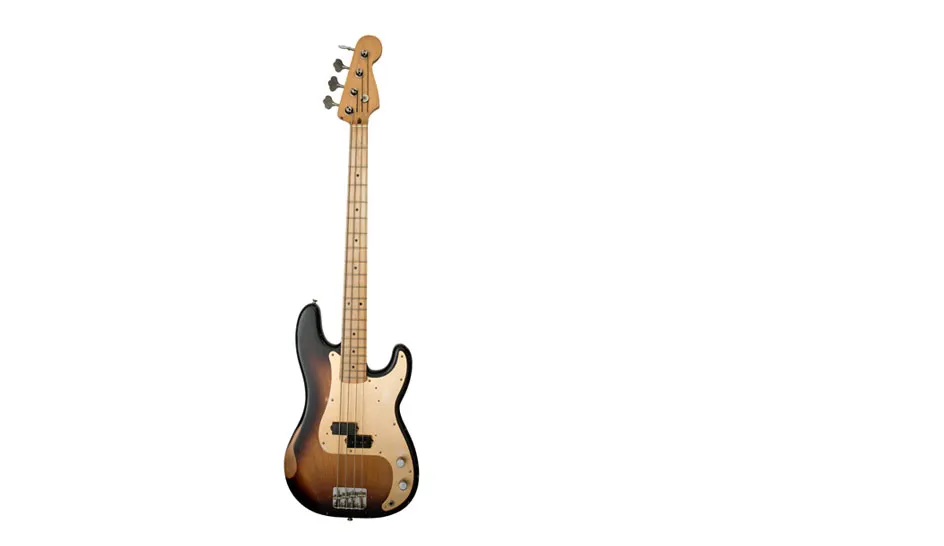Passion for
the guitar .
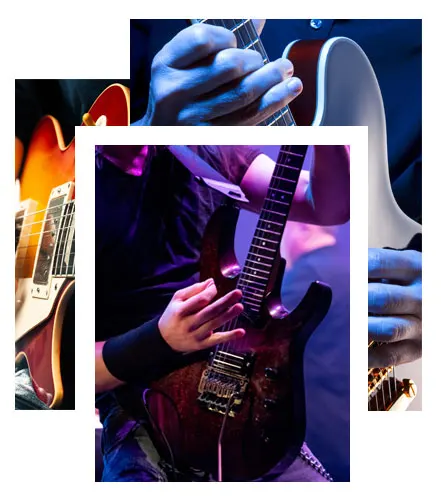
Choose a guitar!

Classical Guitar
Very popular, the classical guitar belongs to the plucked-string family. It can be played either with fingertips or fingernails.

Ukulele
The ukulele looks like a guitar, but it is even easier to handle than the latter: perfect for beginners.

Electric Guitar
They produce sounds by means of electromagnetic sensors and their strings are quite different from those of other stringed instruments.

Jazz guitar
There are more than twenty styles of jazz. But don’t think there is a jazz guitar that fits every style of jazz.

What type of guitar
strings to start
with?
A beginner musician who wants to learn how to play the electric guitar must know how to choose the strings. BlackSmith AOT strings are very comfortable for the fingers and can last a very long time. Their nano-carbon protection makes pulling and blending much easier, as the strings slide better on the frets. Elixir strings with Goretex protection can also be used, as they do not oxidize too quickly.

What string tension is required for an electric guitar?
The string tension for an electric guitar depends mainly on the pitch of the guitar. Thus, the 10-46 tie-rod strings are recommended for standard E tuning (E A D G B E) while the 9-42 tie-rod is suitable for guitars with a Fender tuning fork. For D drop as well as Eb tuning, the 10-52 tie-rod should be chosen. For tuning in D and C, the most suitable tie-rods are 11-54 and 12-56 respectively.
Guitar shapes and the woods of guitars
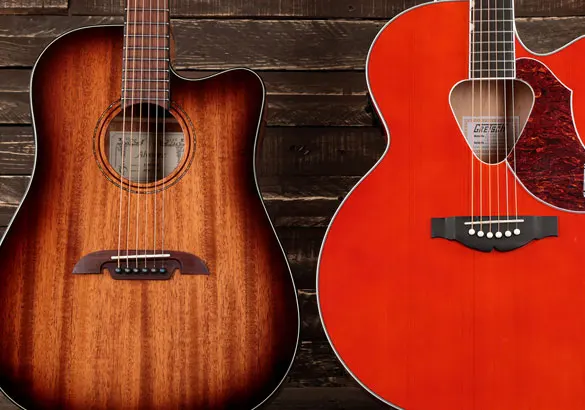
Dreadnought or Jumbo?
The anatomy of the guitar is paramount. The most famous is the dreadnought shape, symbolized by the Taylor 410, while the Jumbo guitar produces a medium sound.
Mahogany or cedar wood ?
The choice of guitar wood has a direct influence on the sound produced. While mahogany wood produces a fairly dark sound, cedar is often preferred for classical guitars with nylon strings.
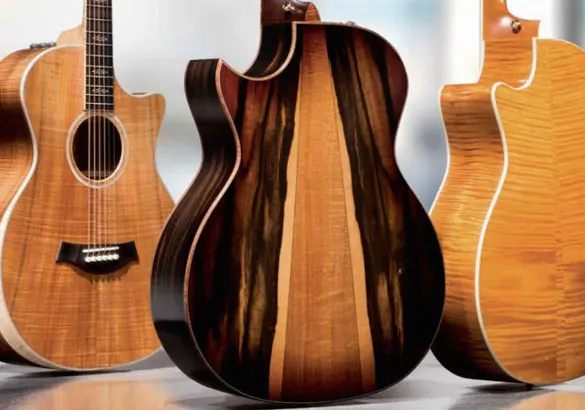
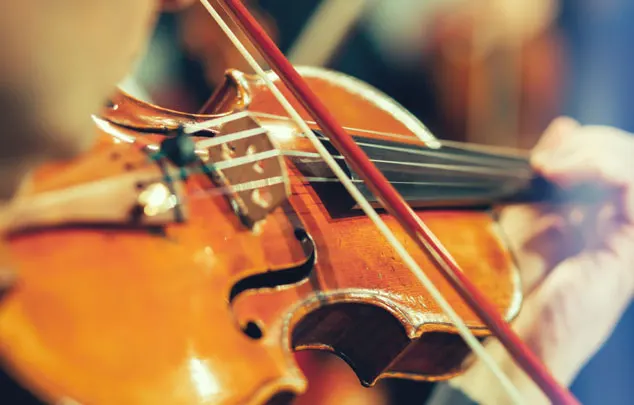
Violin
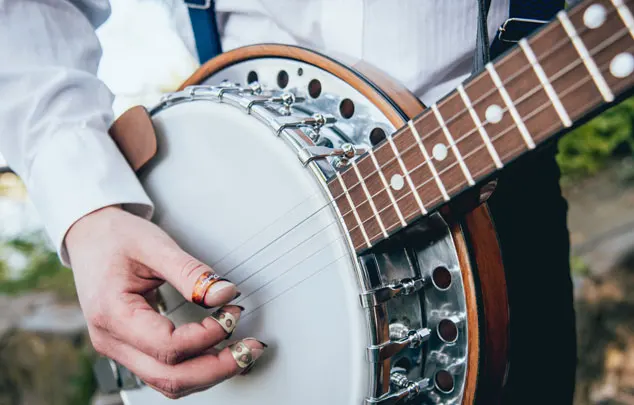
Banjo
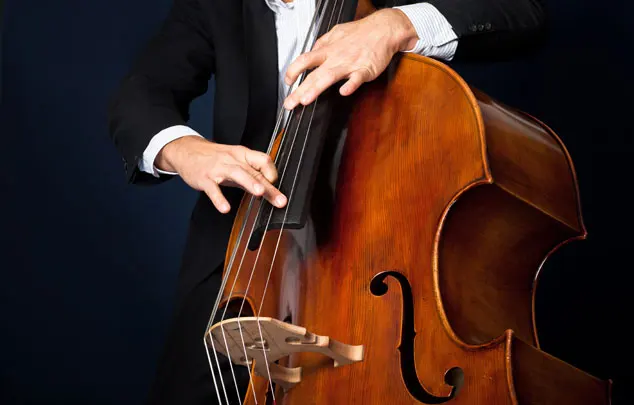
Double Bass
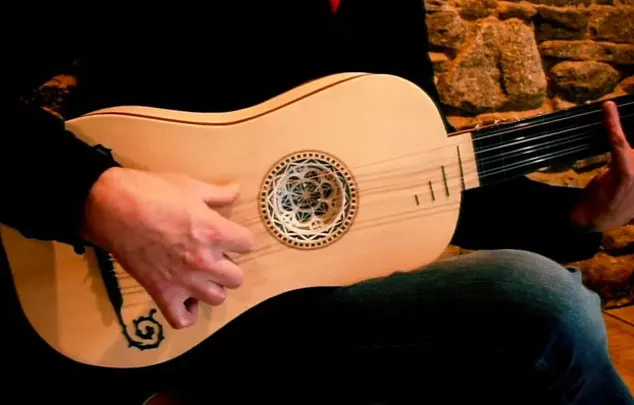
Baroque Guitar
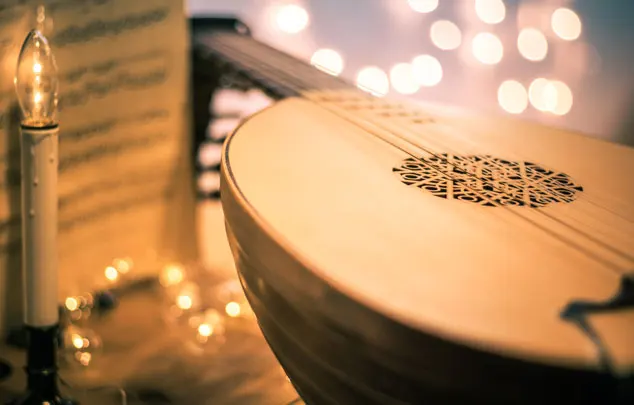
Lute

Mandolin

Luthiers &
Guitar Making
Workshops
Nowadays, there are a large number of luthiers and guitar workshops. Each has its own specialities, i.e. repair, making, creation, etc.
Guitar lessons:
vibrato
technique
Vibrato is a technique of the instrument which allows to obtain a periodic modulation of the sound of a musical note. For the guitar, it can designate either the vibrato effect or the accessory that allows to obtain this effect. The vibrato technique is somewhat similar to the blend technique.
